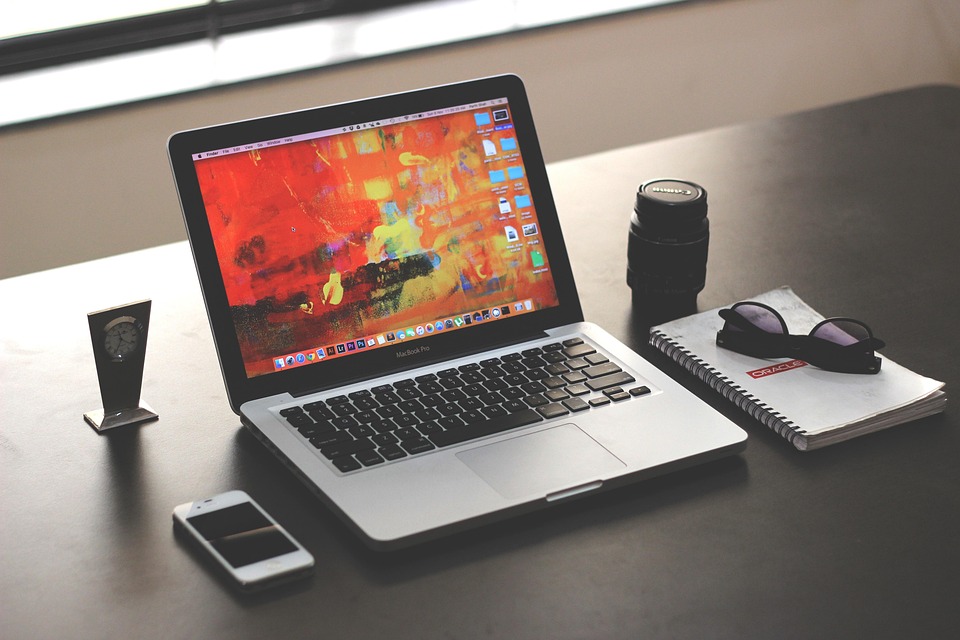If you’re grappling with iPhone 16 Face ID issues, you’re not alone. This revolutionary technology is meant to simplify your life, but when it doesn’t work, it can be incredibly frustrating. Face ID is more than just a convenience; it’s a security feature that protects your personal information and keeps your digital life safe. So, let’s dive into five practical fixes that will help restore your Face ID functionality and get you back to effortless unlocking.
Contents
What is Face ID and Why Does It Matter?
Face ID is Apple’s facial recognition technology, designed to provide a seamless and secure way to unlock your device, make payments, and access personal data. Unlike traditional passcodes, Face ID uses advanced technology to read your unique facial features, making it a robust security measure. But what happens when it doesn’t work? Frustration sets in, and you may feel vulnerable without that layer of protection.
Understanding how Face ID operates can empower you to troubleshoot the issues effectively. Let’s explore the common problems you might encounter and, more importantly, how to fix them.
1. Check for Obstructions
Face ID relies on a clear view of your face. Even the slightest obstruction can hinder its performance. Here’s what to look for:
- Screen Protector: Some thick or poorly applied screen protectors can interfere with Face ID. If you’re using one, consider removing it to see if that resolves the issue.
- Case or Accessories: Certain cases may cover the Face ID sensors. Make sure your case doesn’t block any of the sensors located near the front camera.
- Dirt or Smudges: Your camera lens can easily accumulate dirt or smudges. A quick wipe with a soft, lint-free cloth can make a world of difference.
Quick Tip:
Always ensure your face is well-lit. Dim lighting or harsh backlighting can also affect how well Face ID recognizes you.
2. Face ID Settings Adjustments
Sometimes, a simple tweak in your settings can solve the problem. If Face ID isn’t working, check these settings:
- Settings App: Go to Settings > Face ID & Passcode. Make sure Face ID is set up for the features you want to use (like unlocking your phone, Apple Pay, etc.).
- Reset Face ID: If Face ID still isn’t working, consider resetting it. Go to Settings > Face ID & Passcode > Reset Face ID. After that, set it up again to see if it resolves the issue.
Why This Matters:
Even minor changes in your settings can impact functionality. Keeping your settings optimized can enhance Face ID’s responsiveness.
3. Software Updates
Keeping your software up to date is essential. Apple frequently releases updates to improve security and functionality. Check for updates regularly to ensure everything is running smoothly.
- How to Update: Go to Settings > General > Software Update. If an update is available, download and install it.
The Importance of Updates:
Software updates can fix bugs that may affect Face ID performance. Staying up to date ensures you benefit from the latest features and improvements.
4. Restart Your Device
When all else fails, sometimes a simple restart can solve the most stubborn issues. Here’s how to do it:
- Restarting Your iPhone 16: Hold down the side button and either volume button until the slider appears. Drag the slider to turn off your iPhone, then press and hold the side button again until you see the Apple logo.
Why Restarting Helps:
Restarting your device clears temporary files and resets processes that may be causing glitches. It’s a quick and easy fix that often gets overlooked.
5. Reset All Settings
If Face ID continues to be a problem, a more thorough approach is to reset all settings. This won’t delete your data, but it will return settings to their defaults.
- How to Reset: Go to Settings > General > Transfer or Reset iPhone > Reset > Reset All Settings. You’ll need to re-enter Wi-Fi passwords and other personalized settings, but it can resolve deeper issues.
Caution:
Only take this step if you’ve tried the previous fixes. It’s a more drastic measure, but sometimes necessary for stubborn problems.
Additional Considerations
If you’ve tried all these fixes and Face ID is still giving you trouble, it might be time to consult with Apple Support or visit an Apple Store. They can diagnose hardware issues that you might not be able to see.
Bottom Line
Face ID is an incredible feature designed to make your life easier and safer. When it acts up, it can be more than a nuisance; it can compromise your security. By following these five fixes, you can restore functionality and regain that sense of safety with your iPhone 16.
Face ID issues don’t have to be a dead end. With a little patience and the right troubleshooting steps, you can get back to using your device with confidence. Remember, technology is meant to serve you, not the other way around.
FAQ Section
1. What should I do if Face ID is not recognizing my face?
Check for obstructions, adjust your settings, and ensure your device is updated.
2. Can Face ID work with glasses or a mask?
Yes, Face ID is designed to recognize faces with accessories like glasses. However, wearing a mask might require you to enter a passcode unless you’ve set up an alternative facial recognition method.
3. Does resetting all settings erase my data?
No, resetting all settings will not delete your data but will revert your settings to default.
4. What if my iPhone 16 is still under warranty?
If you’ve exhausted all troubleshooting options, don’t hesitate to contact Apple Support for assistance.
Remember, your device is a tool meant to enhance your life — don’t let technical hiccups hold you back!








